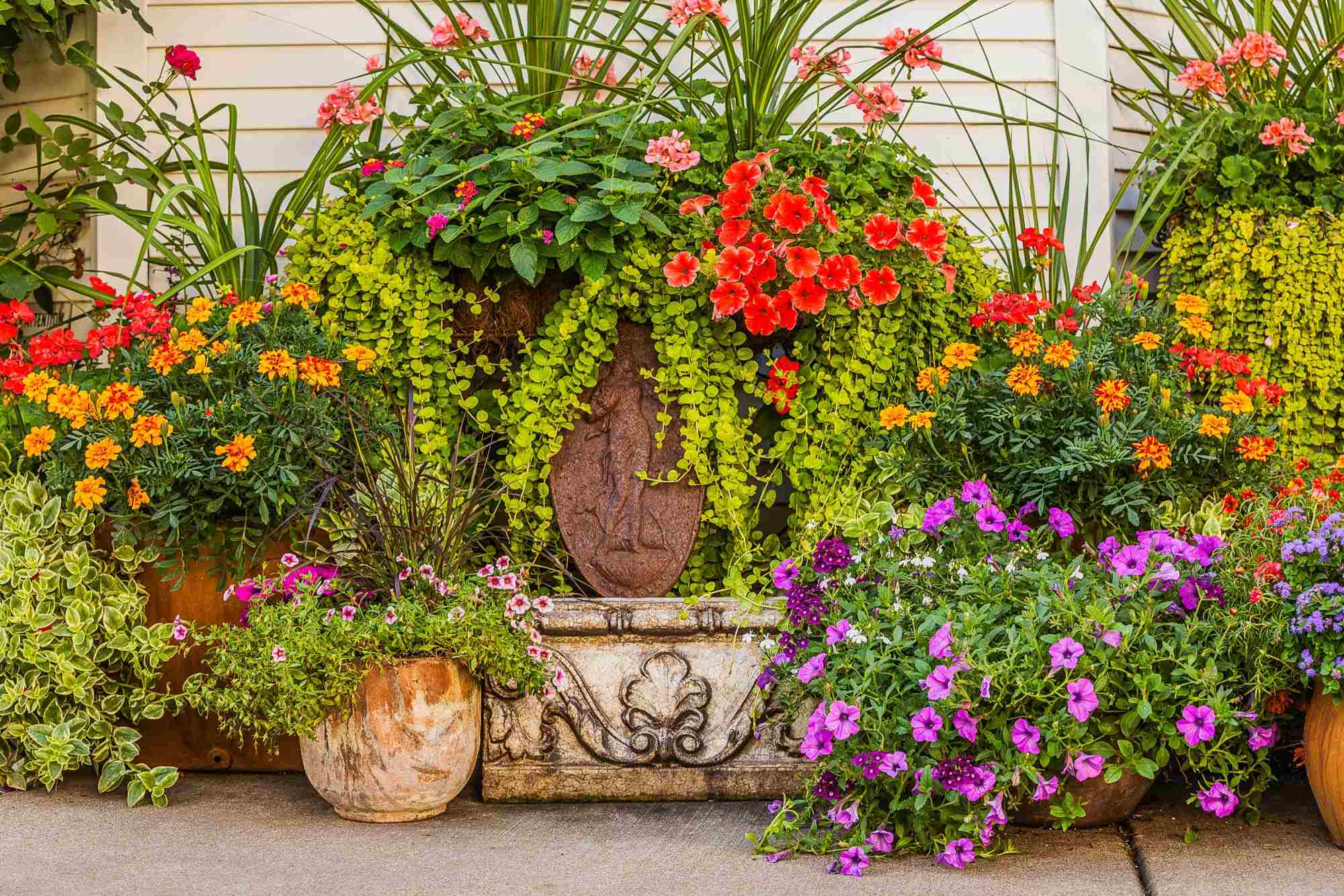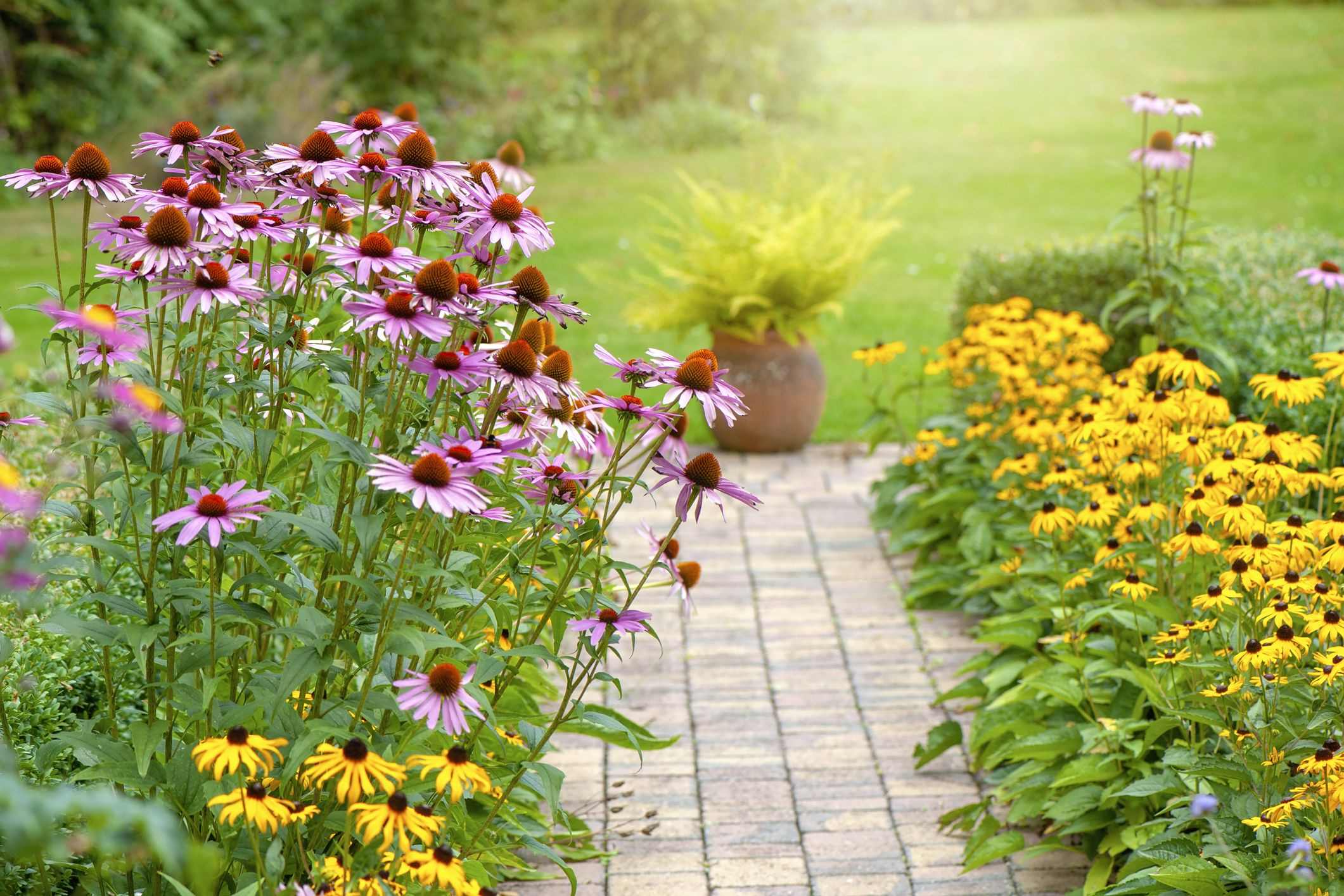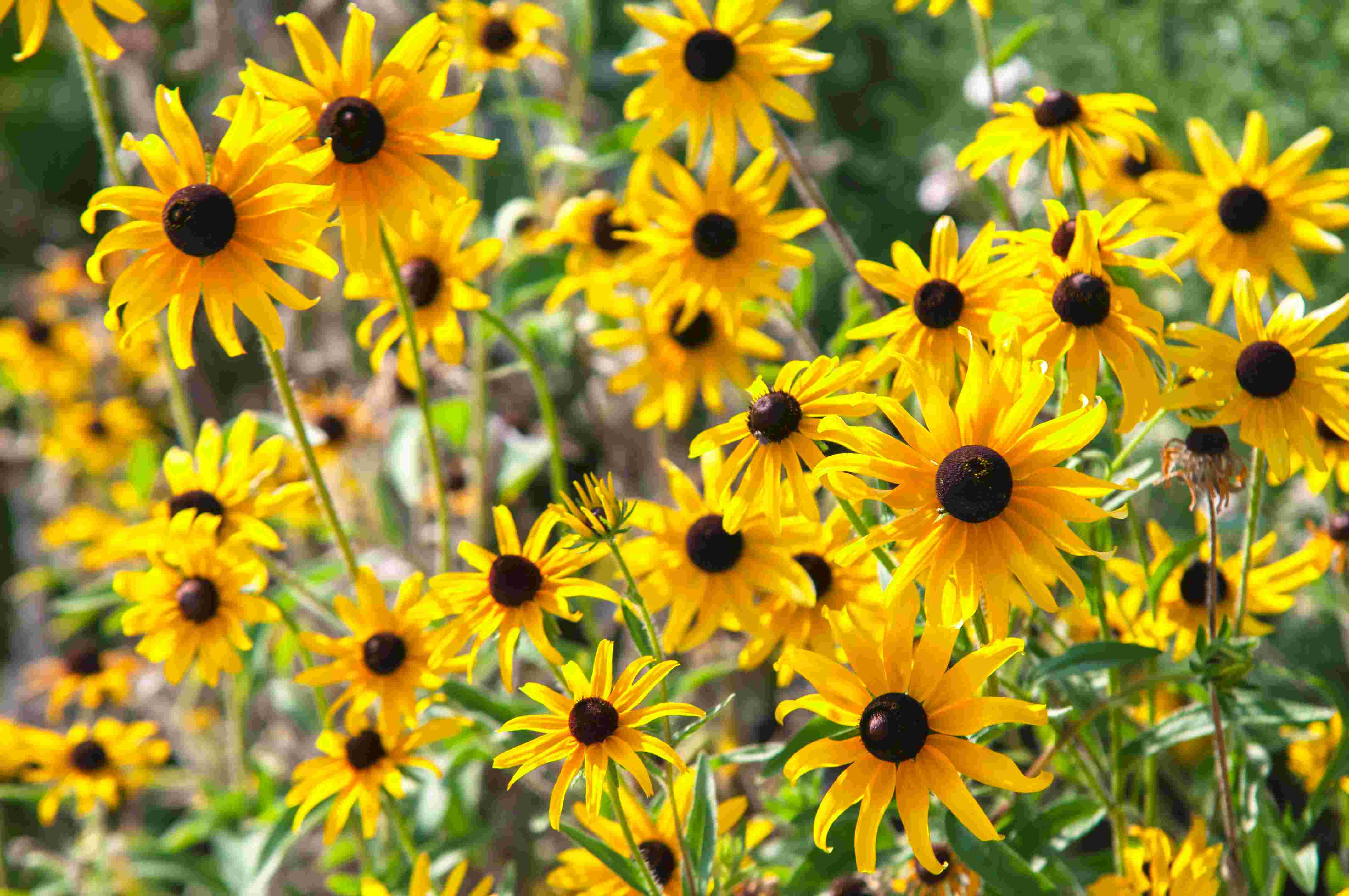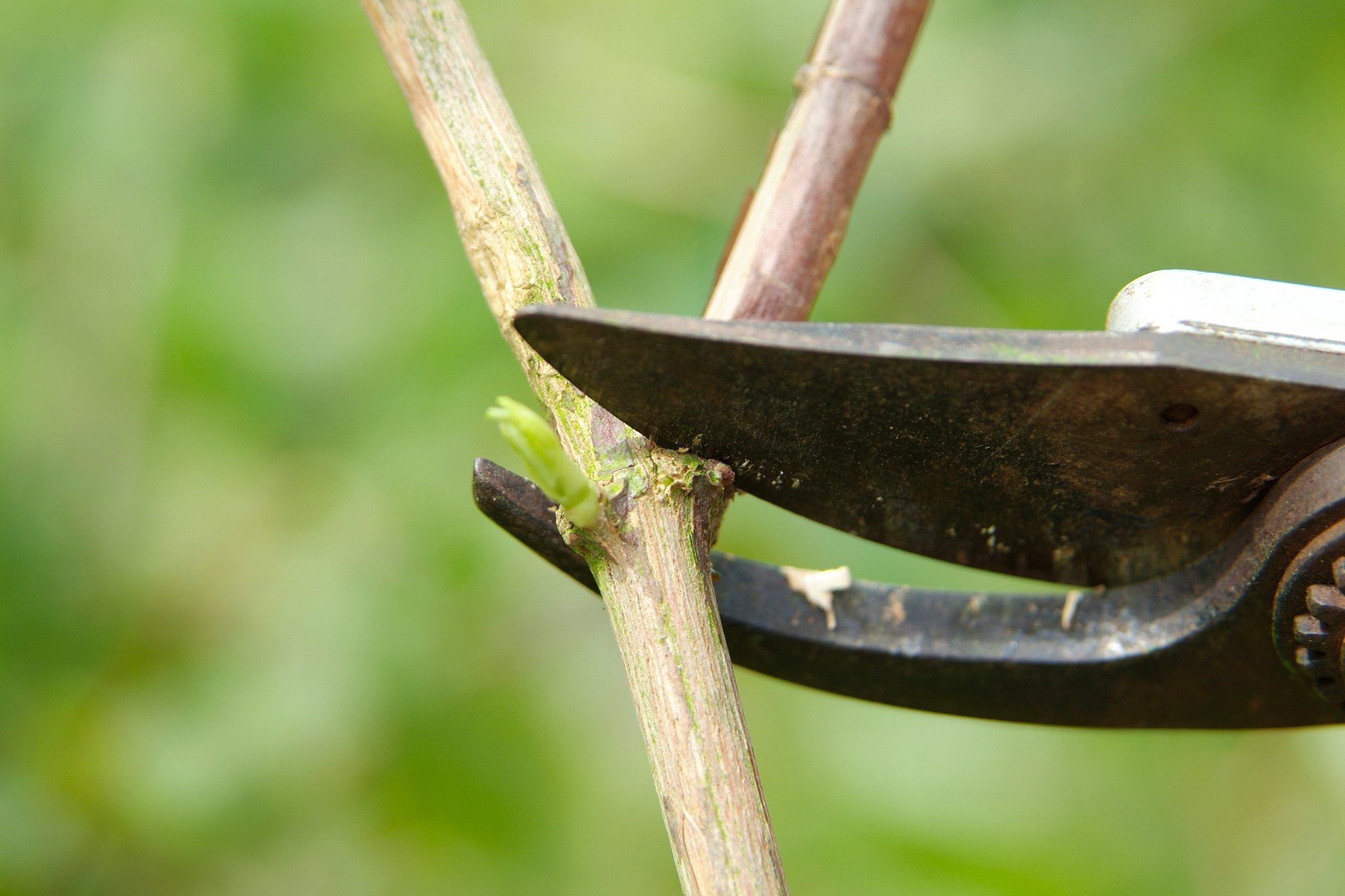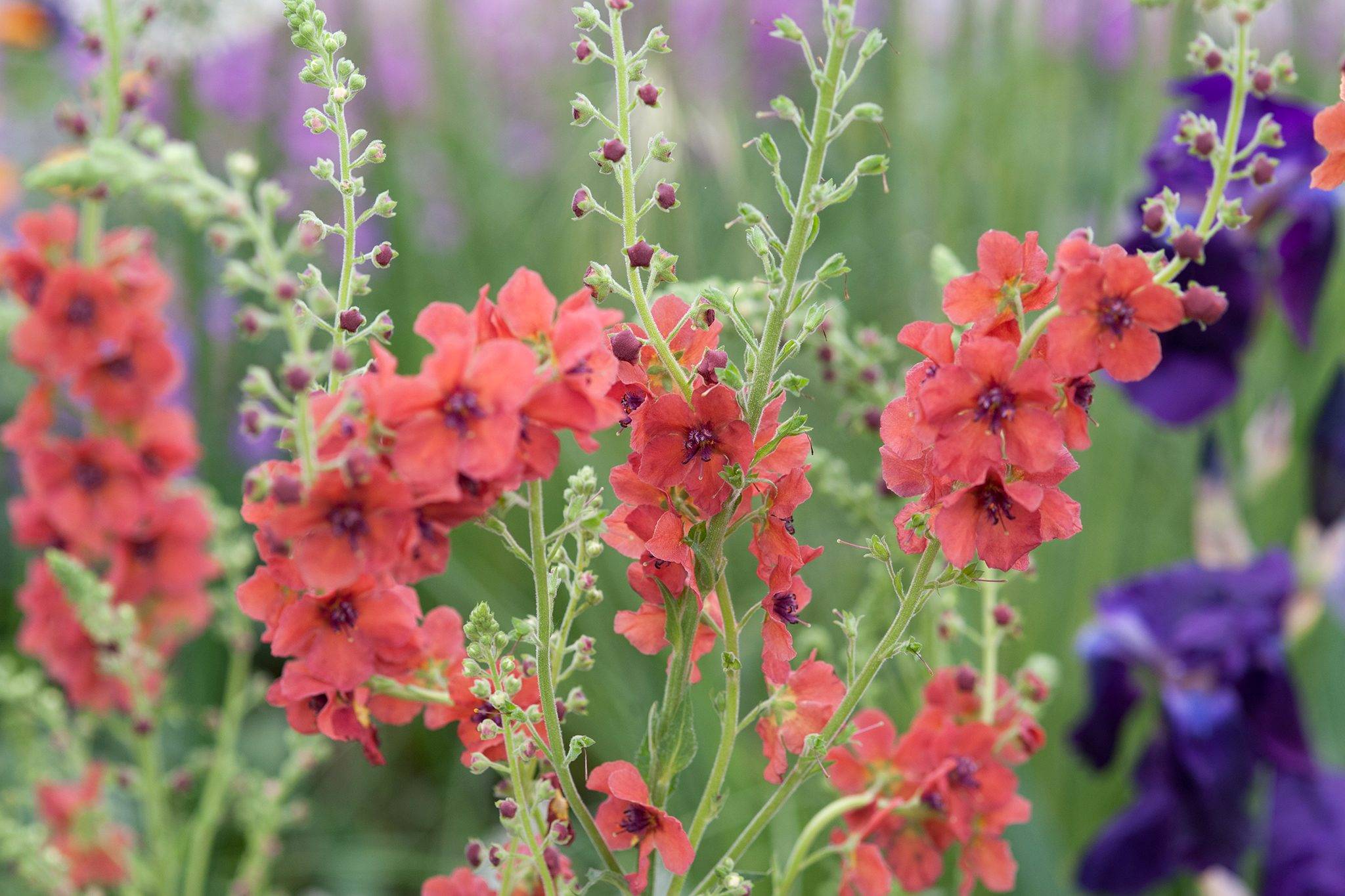Home>Gardening Techniques>Seasonal Gardening>When Should Perennials Be Cut Back
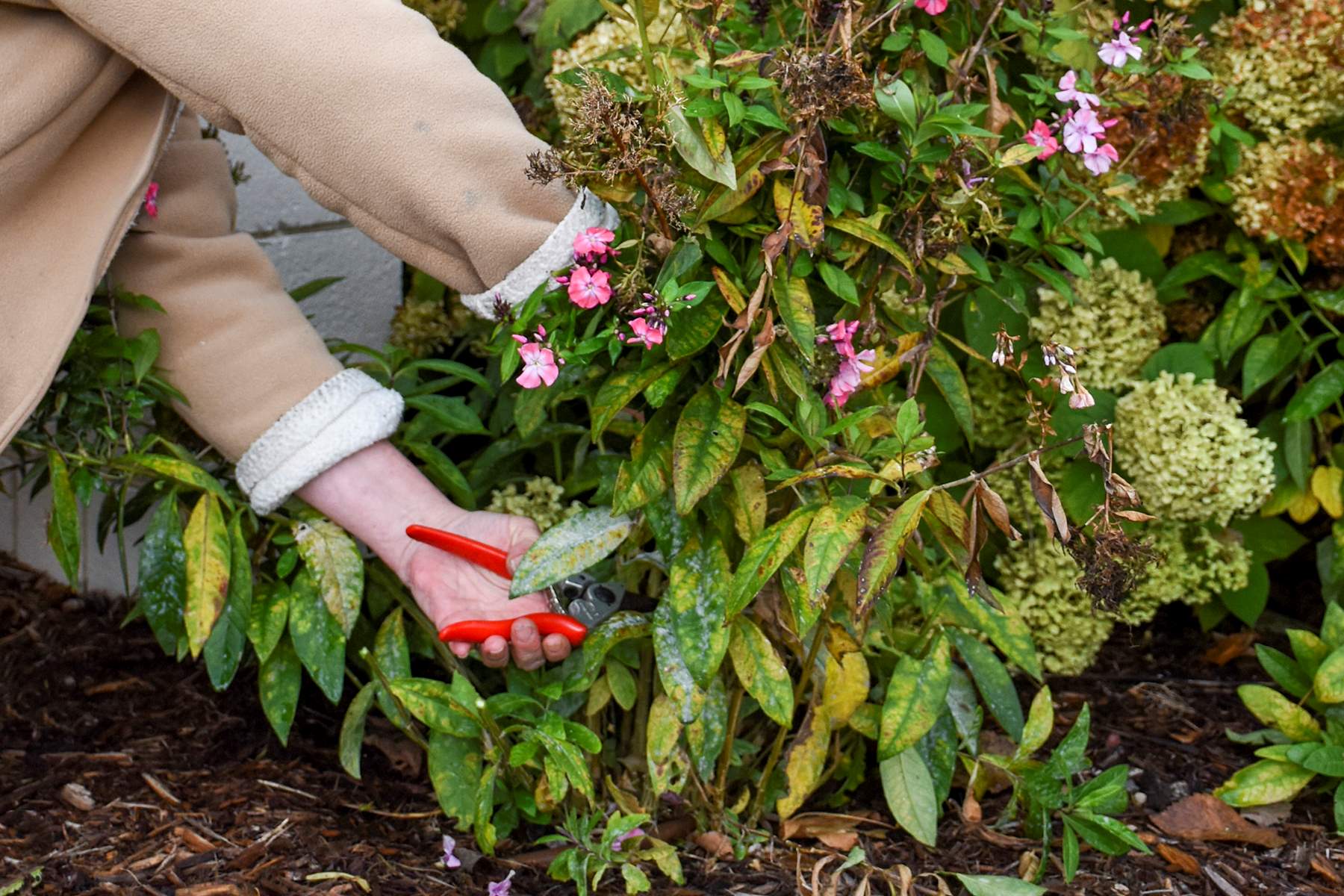

Seasonal Gardening
When Should Perennials Be Cut Back
Modified: January 22, 2024
Learn when and how to cut back your perennials for seasonal gardening. Find out the best time to trim and maintain your plants for a thriving garden.
(Many of the links in this article redirect to a specific reviewed product. Your purchase of these products through affiliate links helps to generate commission for Chicagolandgardening.com, at no extra cost. Learn more)
Table of Contents
Introduction
Welcome to the fascinating world of seasonal gardening! If you’re a gardening enthusiast, you know that tending to your plants and flowers is a rewarding and fulfilling experience. One essential aspect of maintaining a healthy and vibrant garden is knowing when and how to cut back your perennials.
Perennials are plants that live for more than two years. Unlike annuals that complete their life cycle within a year, perennials go through different growth stages, including active growth, blooming, and dormancy. Understanding the growth cycle of perennials is crucial in determining when to cut them back.
Before we delve into the best time to cut back perennials, it’s important to consider a few factors. The specific type of perennial, its location, and the local climate can all influence the timing and method of pruning. Taking these factors into account will help you make informed decisions and ensure the health and longevity of your plants.
In this article, we will explore the ideal time to cut back perennials, learn how to properly prune them, and discuss the benefits of this practice. We will also highlight some common mistakes to avoid so you can confidently approach the task of cutting back your perennials.p>
Understanding the Growth Cycle of Perennials
Before we delve into the best time to cut back perennials, it’s important to have a basic understanding of their growth cycle. Perennials go through a series of stages throughout the year, each serving a specific purpose in their overall development.
The first stage is the active growth stage, typically occurring in the spring and summer months. During this period, perennials produce new foliage, stems, and flowers. This is the time when they absorb nutrients from the soil and convert sunlight into energy through photosynthesis. As the weather warms up and the days become longer, perennials thrive and reach their peak growth.
Next comes the blooming stage, which is arguably the most visually stunning phase of a perennial’s growth cycle. This is when the plants produce their beautiful and vibrant flowers. Depending on the specific species, the blooming period can last anywhere from a few weeks to several months. Proper pruning plays a vital role in maintaining the health and longevity of the plants during this stage.
Following the blooming stage, perennials enter the dormancy stage. This occurs in autumn and winter when the temperature drops, and daylight becomes shorter. Perennials prepare themselves for the colder months by conserving energy and nutrients. They shed their leaves, and their growth slows down significantly.
Understanding these different stages of a perennial’s growth cycle is essential because it informs us about the best time to cut back. Proper pruning allows us to remove dead or decaying foliage, promote new growth, and prepare the plants for the next cycle.
Next, we will discuss the factors you should consider before cutting back your perennials to ensure that you achieve the best results.
Factors to Consider Before Cutting Back Perennials
Before you grab your pruning shears and start cutting back your perennials, it’s essential to consider a few factors that can affect the timing and method of pruning. These factors will help you make informed decisions and ensure the health and vitality of your plants.
Type of Perennial: Different perennial species have varying growth habits and pruning requirements. Some perennials, like coneflowers and black-eyed Susans, benefit from being cut back to the ground in late winter or early spring. Others, such as ornamental grasses, are typically left standing until early spring to provide structure and interest during the winter months. Research the specific needs of your perennials to determine the best pruning approach.
Location: The location of your perennials can impact when you should cut them back. If they are in a region with a milder climate, the growing season may be extended, and you may need to delay pruning. Conversely, in colder climates, it’s important to cut back early to allow the plants to prepare for winter and prevent any potential damage from freezing temperatures.
Local Climate: Consider the general climate of your area, including the average first frost date in the fall and the last frost date in the spring. These dates serve as a guide for determining the timing of cutting back perennials. It’s best to prune before the first hard frost to minimize stress on the plants and promote healthy growth in the next season.
Growth Pattern: Pay attention to the growth pattern of your perennials. Some plants produce new growth from the base, while others have growth that emerges from the crown or from the previous year’s stems. Understanding this growth pattern will help you determine how much to cut back and where to make your pruning cuts.
Desired Aesthetic: Consider the aesthetic you want to achieve in your garden. Some gardeners prefer to leave the spent flower heads of certain perennials standing through the winter, as they provide visual interest and food for birds. Others may prefer a tidier appearance and opt to cut them back earlier. Take into account your personal preferences and the overall look you want to create.
By considering these factors, you can determine the best approach to pruning your perennials. In the next section, we will explore the optimal time to cut back perennials for different types of plants.
Best Time to Cut Back Perennials
The timing of when to cut back perennials is crucial to ensure their continued health and vigor. While the specific timing may vary based on factors such as plant type and local climate, there are general guidelines to follow when determining the best time for pruning.
For early spring bloomers, such as daffodils and tulips, it’s best to wait until the flowers have finished blooming before cutting back the foliage. This allows the plants to store energy for the next year’s growth. Once the foliage has turned yellow and withered, you can safely trim it back to the ground.
For perennials that bloom in the summer, it’s generally recommended to wait until late winter or early spring to cut them back. This includes plants like asters, phlox, and daylilies. Leaving the foliage intact throughout the winter provides some protection and insulation for the plants.
Some perennials, such as ornamental grasses, produce attractive seed heads that provide interest during the winter months. It’s best to leave these intact until late winter or early spring, when new growth begins to emerge. At that point, you can cut the grasses back to a few inches above the ground to make way for new growth.
When it comes to woody perennials, such as shrubs and small trees, pruning is often best done in late winter or early spring, before the onset of new growth. This allows the plants to focus their energy on producing new branches and leaves.
Regardless of the specific timing, it’s important to use sharp and clean pruning tools to make precise cuts. Avoid cutting too close to the base of the plant, as this can cause damage to the crown or main stems. Instead, make clean cuts just above a node or bud.
By understanding the growth habits of your perennials and following these guidelines, you can ensure that you are pruning at the optimal time to promote healthy growth and abundant blooms.
How to Properly Cut Back Perennials
Properly cutting back perennials is essential to ensure their health and encourage new growth for the following season. Here are some steps to follow when pruning your perennials:
- Assess the plant: Before you begin cutting, take a close look at the plant and identify any dead, diseased, or damaged foliage and stems. These should be removed first to promote overall plant health.
- Gather the right tools: Prepare your pruning tools, including clean and sharp bypass pruners or shears. Clean tools are important to prevent the spread of diseases from one plant to another. Sharp tools ensure clean and precise cuts, which aid in quick healing.
- Start with the right cuts: Depending on the type of perennial, make the appropriate type of cut. For herbaceous perennials, such as hostas, cut the old foliage back to the ground. For woody perennials, such as roses, make a slanted cut above an outward-facing bud or node.
- Prune to an appropriate height: When cutting back perennials, it’s important to prune to an appropriate height. Typically, leaving a few inches of growth above the ground or above the crown is sufficient. However, some perennials may require more drastic pruning, while others may only need a light trim.
- Remove debris: After you’ve finished pruning, be sure to gather and remove any debris, such as cut stems and foliage, from the surrounding area. This helps to prevent the spread of diseases and creates a clean environment for new growth.
- Dispose of pruned material: Properly dispose of the pruned material. Dead or diseased plant materials should be thrown away to prevent the spread of pests and diseases. Healthy plant material can be composted if desired.
- Provide post-pruning care: After pruning, give your perennials some post-pruning care. This may include watering, fertilizing, or applying a layer of mulch around the base of the plants to conserve moisture and suppress weeds.
Remember, each perennial may have specific pruning requirements, so it’s essential to research the specific needs of each plant before proceeding. By following these guidelines and taking the time to properly prune your perennials, you’ll help ensure their long-term health and vitality.
Benefits of Cutting Back Perennials
Pruning and cutting back perennials offer numerous benefits for both the plants and the overall health and appearance of your garden. Let’s explore some of the key advantages of this important gardening practice:
- Promotes new growth: Cutting back perennials stimulates new growth by removing old, spent foliage and encouraging the development of fresh, healthy shoots. This is especially important for perennial species that tend to become leggy or overcrowded over time.
- Enhances the plant’s shape and appearance: By selectively removing certain stems or branches, pruning helps to shape the plant and maintain a pleasing appearance. It can also help to control the size and prevent overcrowding within the garden, allowing each plant to have enough space to thrive.
- Increases air circulation: Trimming back perennials opens up the plant and allows for better airflow. Improved air circulation reduces the risk of fungal diseases and aids in the prevention of pests that thrive in dense foliage.
- Promotes flowering: Pruning at the appropriate time can enhance the plant’s flowering potential. Removing spent flowers and cutting back certain perennials can encourage the development of more blooms, resulting in a more vibrant and beautiful garden.
- Prevents the spread of diseases: Pruning helps to remove dead or diseased plant parts, reducing the risk of diseases spreading to healthy parts of the plant or to neighboring plants. This practice promotes overall plant health and reduces the need for chemical treatments.
- Revitalizes older plants: Cutting back perennials can rejuvenate older plants that may have become less productive or less attractive over time. By removing old growth and stimulating new growth, you can give these perennials a revitalized appearance and renewed vigor.
- Encourages stronger stems: Pruning promotes stronger, more sturdy stems by removing weak or damaged branches. This helps the plant better support the weight of blooms, preventing them from becoming floppy and ensuring they remain upright and visually appealing.
Overall, cutting back perennials is an essential and rewarding task in maintaining a healthy and thriving garden. By understanding the benefits and properly implementing pruning techniques, you can enhance the longevity, appearance, and productivity of your precious perennials.
Common Mistakes to Avoid When Cutting Back Perennials
While cutting back perennials is beneficial for their growth and overall health, there are common mistakes that gardeners should avoid to ensure successful pruning. Understanding these mistakes will help you avoid potential pitfalls and achieve the best results. Let’s explore some of the most common mistakes:
- Pruning at the wrong time: Timing is crucial when it comes to pruning perennials. Pruning at the wrong time can disrupt the plant’s growth cycle and potentially reduce or eliminate the upcoming season’s blooms. Research the specific needs of your perennials and prune accordingly.
- Over-pruning: It’s important to strike a balance between removing enough foliage and not going overboard. Over-pruning can weaken the plant and inhibit its ability to gather energy and nutrients. Follow guidelines for the appropriate amount to prune, leaving enough healthy growth to support the plant’s overall health.
- Using dull or dirty tools: Using dull or dirty pruning tools can lead to messy cuts and potential damage to the plant. It’s important to regularly clean and sharpen your pruning tools to ensure clean, precise cuts and prevent the spread of diseases from one plant to another.
- Cutting too close to the crown: Cutting too close to the crown of the plant can leave it vulnerable to pests and diseases. It’s best to make clean cuts just above a node or bud, leaving enough healthy growth to support the plant’s vitality.
- Ignoring plant-specific needs: Each perennial has its own specific pruning requirements. Ignoring or neglecting these needs can lead to suboptimal growth and reduced blooming potential. Research the specific pruning requirements for each plant and tailor your approach accordingly.
- Not disposing of pruned material properly: Failing to properly dispose of pruned material can lead to the spread of diseases and pests. Remove and discard any diseased or dead plant material, and compost healthy plant material if desired.
- Pruning too timidly: While it’s important to avoid over-pruning, being too timid with your cuts can result in overcrowded and floppy growth. Have the confidence to make decisive cuts to promote a healthier, more balanced plant structure.
By being aware of these common mistakes and taking the necessary precautions, you can ensure successful pruning and promote the overall health and vitality of your perennials. Remember to always research specific pruning guidelines for each plant and give them the care and attention they need.
Conclusion
Properly cutting back perennials is an essential practice for maintaining the health, beauty, and longevity of your garden. Understanding the growth cycle of perennials, considering factors such as plant type and local climate, and pruning at the appropriate time are key to achieving the best results.
By cutting back perennials, you promote new growth, enhance the plant’s shape and appearance, increase air circulation, and prevent the spread of diseases. Furthermore, proper pruning encourages flowering, revitalizes older plants, and strengthens stems.
However, it’s crucial to avoid common mistakes such as pruning at the wrong time, over-pruning, using dull or dirty tools, cutting too close to the crown, ignoring plant-specific needs, improper disposal of pruned material, and being too timid with your cuts.
Remember to research the specific requirements of each perennial species in your garden, and tailor your pruning approach accordingly. Use sharp and clean pruning tools, and make decisive cuts to promote a healthier and more balanced plant structure.
By following these guidelines and paying attention to the needs of your perennials, you can ensure their continued health, vigor, and beauty year after year. So, grab your pruning tools and embark on the rewarding task of cutting back your perennials, looking forward to a flourishing and vibrant garden for seasons to come.



